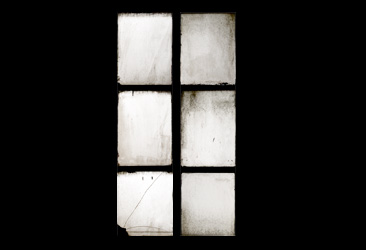Because, for instance, say we have a scene where a ball is behind a glass window in the start of the scene. The window is made up of a plane object which has a black and white alpha image in the Opacity channel that looks sort of like this:

The white parts of the alpha image would be fully transparent, and we would be able to see the ball behind it. The animation is that the ball goes through the window, breaking the window and ultimately appearing in front of the window going towards us/the camera. So if one was to use Render Layer here on the ball to separate/isolate it, it would be clipped up until breaking the window. But in reality we can see the ball from start to finish. Even if there was no alpha image, just 100% opacity on the plane layer, we would still get the same results. So basically Render Layer becomes useless if there is opacity in the scene
I really, REALLY hope you guys can leave it as an option (checkbox or whatever) to choose whether we want to see the Render Layer when it's visible behind opacity objects. Because otherwise we wouldn't be able to isolate objects using Render Layer in scenes with opacity. Really we won't have ANY way to isolate those objects, because the Layer Masks works the same. And Object ID's aren't configurable + most times makes even worse edges. So basically we are left with not being able to isolate objects easily, only by chance with Material ID
Interesting about the material/object IDs btw. Usually those passes are for masking/isolating in post, yeah. But its limitations currently makes it useful for a few occasions, at best. But this is not something I would worry about IF we actually had a proper way of isolating objects in scenes with opacity materials.



